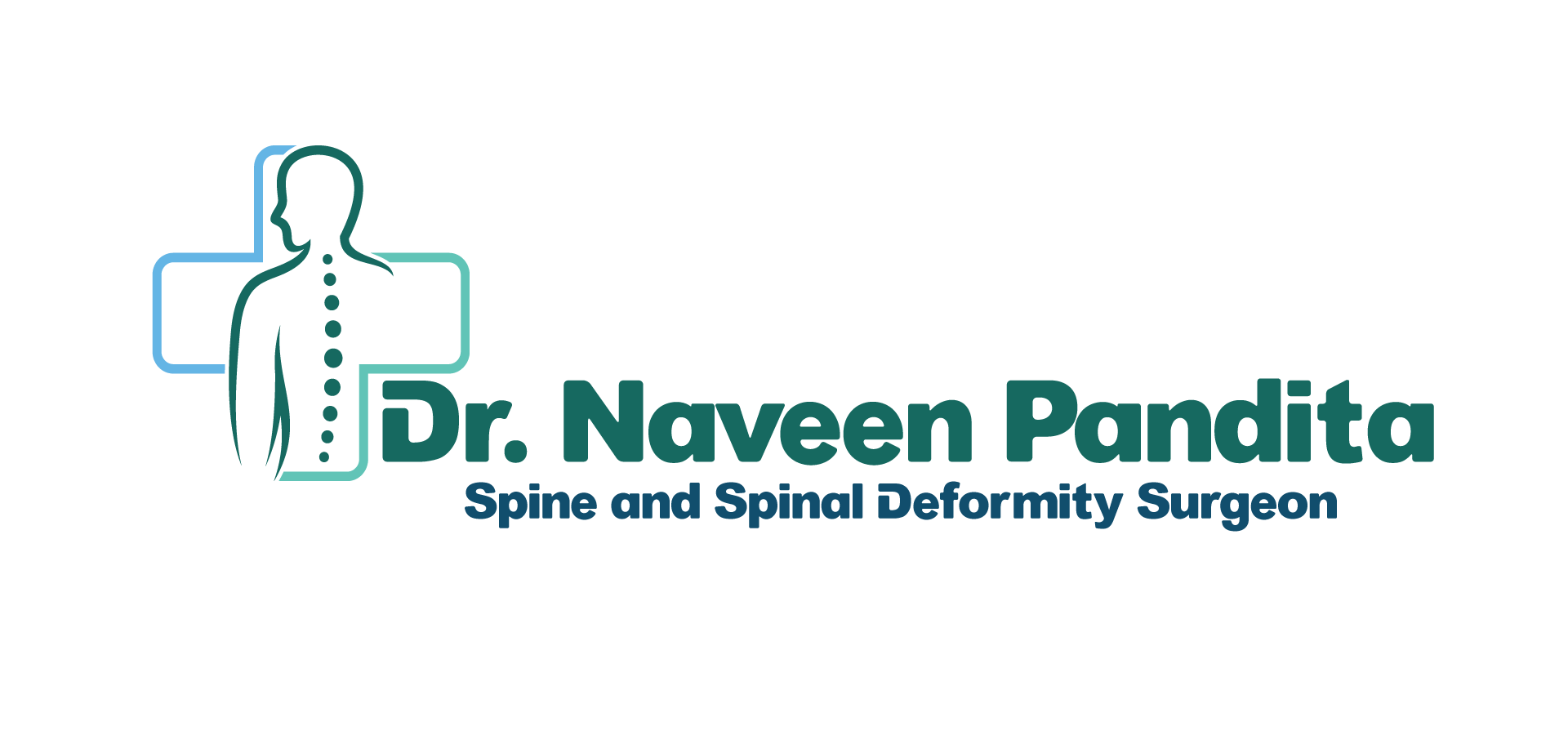Complex Cervical Craniocervical Deformity

Managing complex cervical and craniocervical deformities demands unparalleled surgical precision and a thorough grasp of skull‑spine biomechanics. Dr Naveen Pandita is distinguished for his proficiency in correcting conditions such as severe cervical kyphosis, basilar invagination, and occipitocervical instability. His multidisciplinary team includes neurosurgeons, neurophysiologists, and craniofacial specialists to address the intricate interplay between the skull base, cervical spine, and neural elements.
Preoperative planning for craniocervical interventions involves high-definition CT angiography to map vertebral and carotid arteries, dynamic MRI for spinal cord compression analysis, and custom 3D‑printed patient-specific guides for implant placement. Dr Pandita leverages navigation systems to execute osteotomies at C1–C2 or the occiput with submillimeter accuracy. Intraoperative neurophysiological monitoring, including motor evoked potentials and somatosensory evoked potentials, safeguards neurologic function during deformity correction and instrumentation.
Post-surgery, patients benefit from tailored immobilization techniques—such as custom halo vests or cervical collars—and a phased rehabilitation regimen focusing on cervical muscle strengthening and proprioceptive training. Dr Naveen Pandita’s clinical research into craniocervical junction biomechanics has yielded novel approaches that enhance fusion rates and reduce construct stress. His patient-centric philosophy, combined with advanced technology and a collaborative care model, delivers optimal functional and neurologic outcomes for individuals with the most demanding cervical deformities.






